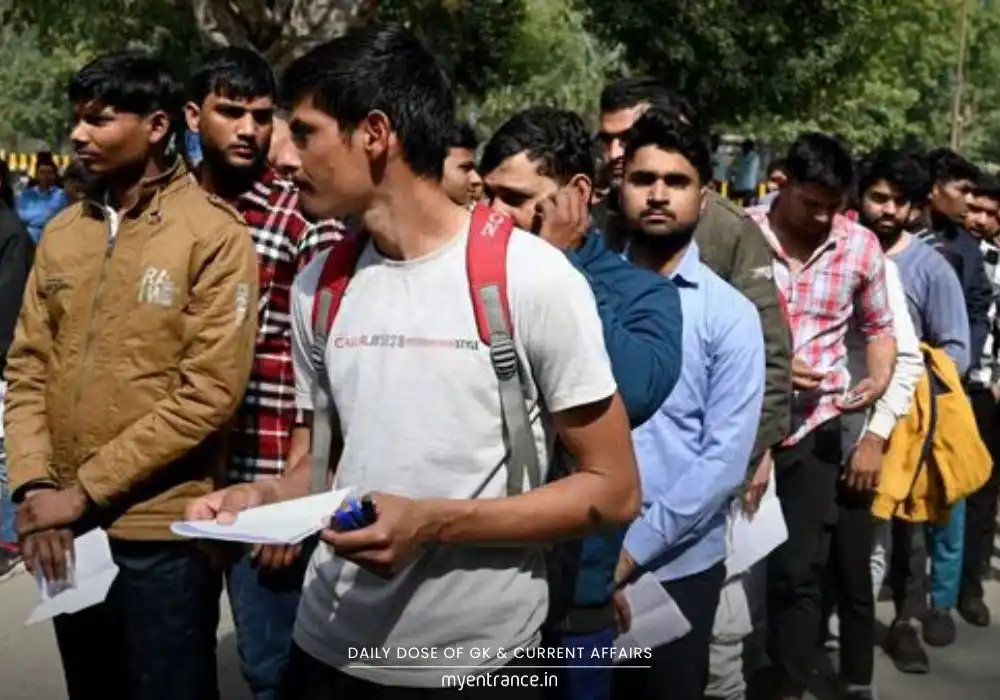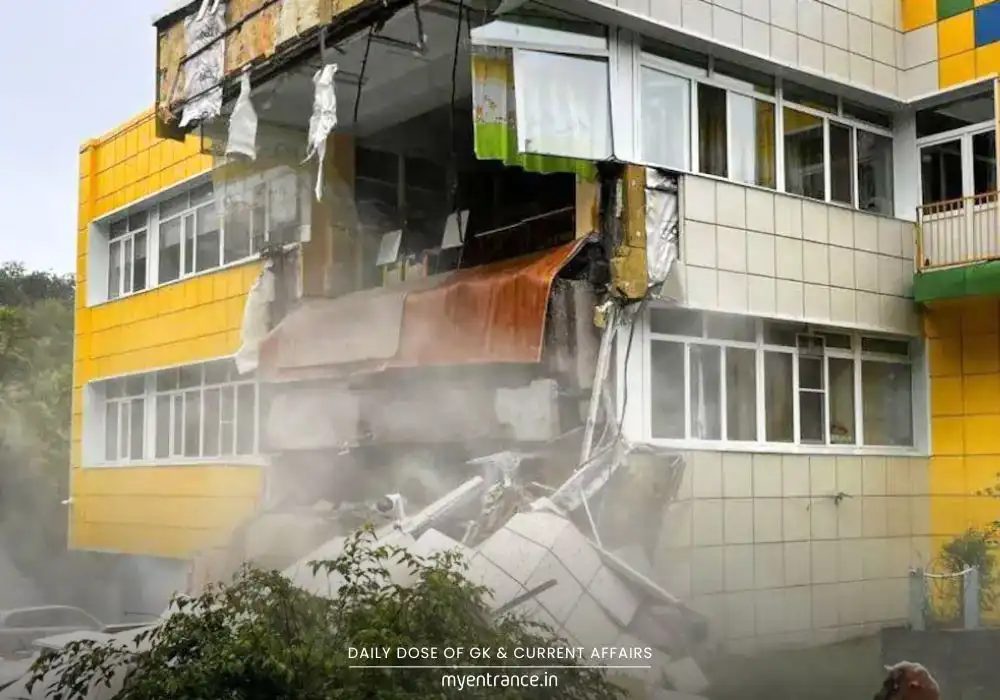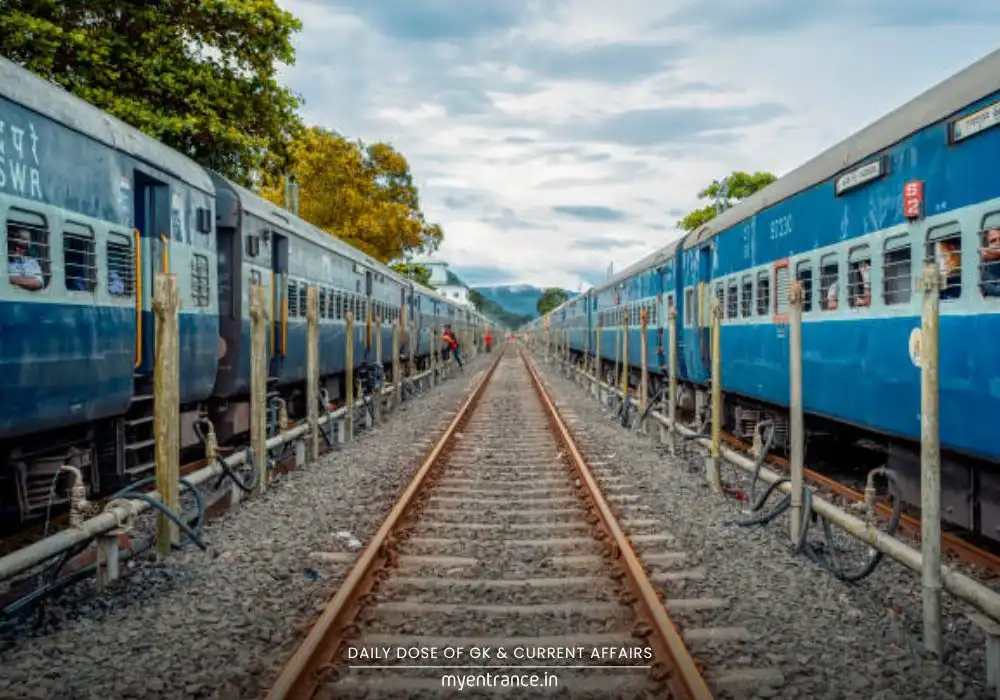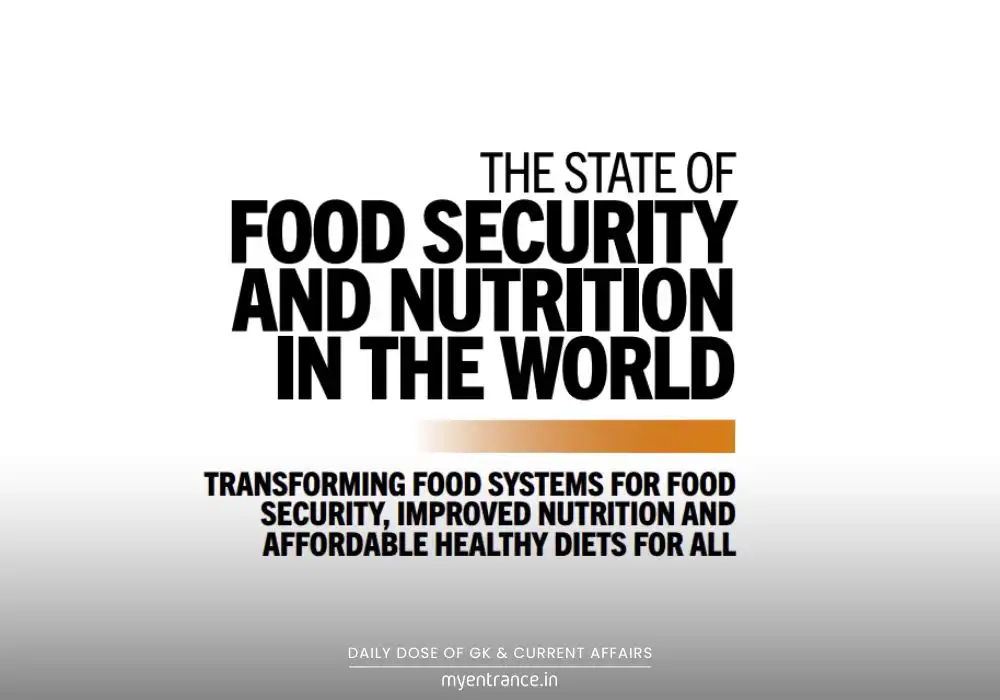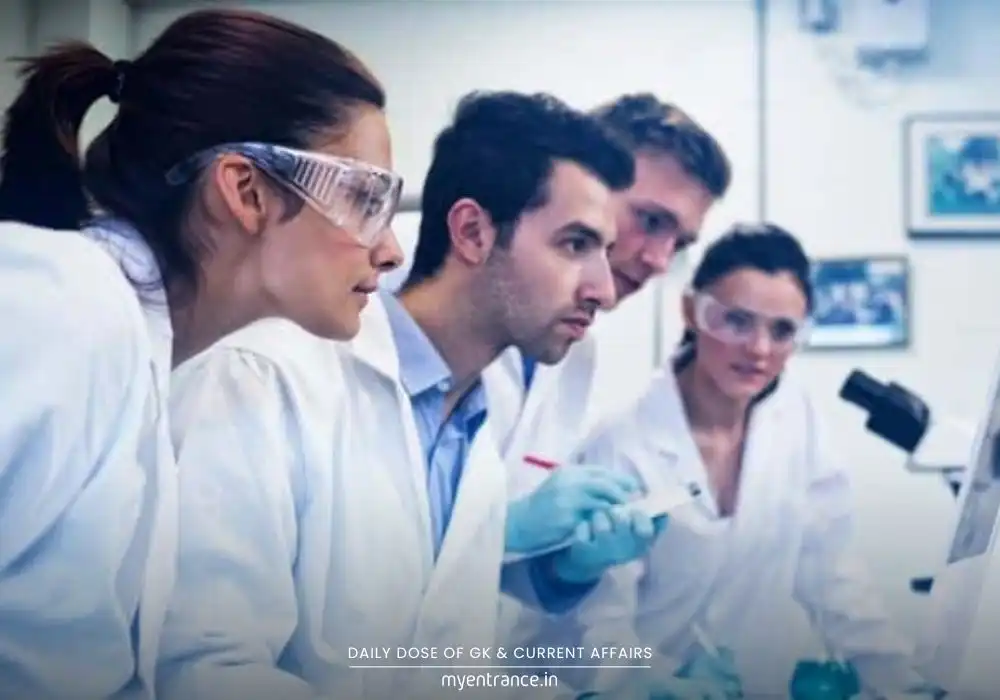Translate Language
India’s Medical Education Revolution: 100% College Growth & 1:811 Doctor Ratio!
India’s healthcare landscape is undergoing a massive transformation. Medical colleges doubled since 2014, and UG/PG seats surged dramatically. Innovations like the Family Adoption Programme and Ayushman Arogya Mandirs are making quality healthcare accessible to rural communities.
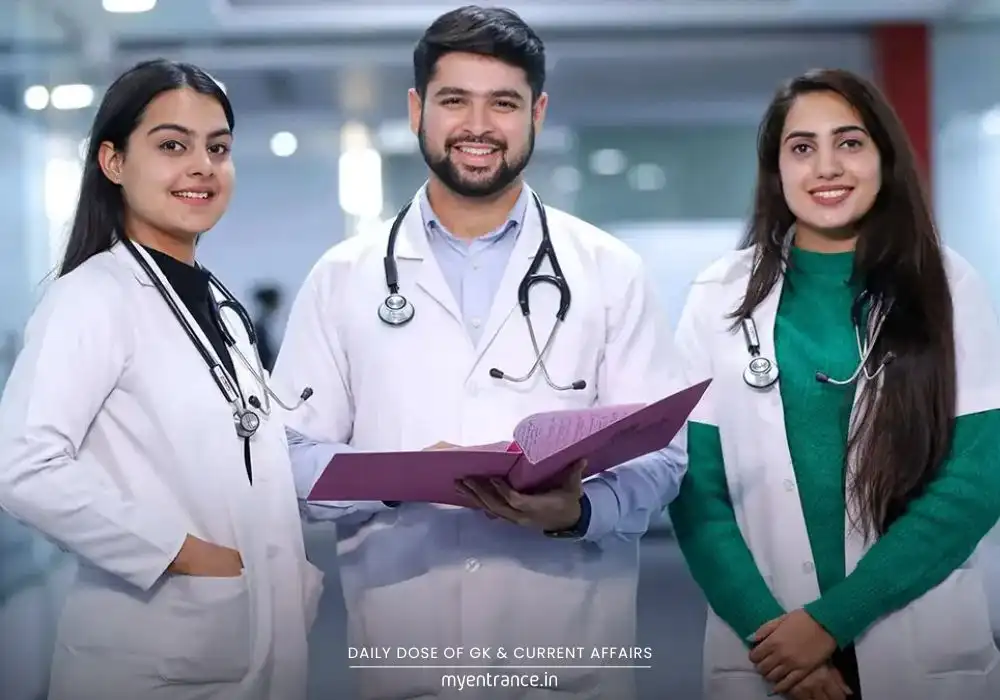
Major Expansion in Medical Infrastructure
Since 2014, India has made staggering progress in medical education:
Medical colleges jumped from 387 to 780.
Undergraduate (UG) seats rose from 51,348 to 1,15,900.
Postgraduate (PG) seats grew from 31,185 to 74,306.
This expansion addresses the critical shortage of doctors. With 13.86 lakh allopathic doctors and 7.51 lakh AYUSH practitioners, India’s doctor-population ratio stands at 1:811 (assuming 80% availability). Though closer to WHO’s ideal 1:1000, gaps persist in rural areas.
Innovative Programs Boosting Rural Healthcare
To bridge urban-rural healthcare divides, the government rolled out two flagship initiatives:
Family Adoption Programme (FAP):
MBBS students adopt families in villages adopted by their colleges.
They provide doorstep care: vaccinations, nutrition guidance, cancer screenings, and hygiene education.
Families also learn about government health schemes.
District Residency Programme (DRP):
PG medical students undergo compulsory 3-month training in district hospitals.
This hands-on experience strengthens healthcare in underserved regions.
Ayushman Arogya Mandirs (AAMs): Healthcare at Your Doorstep
Launched in 2018, 1,78,154 AAMs (upgraded Sub-Health Centres and Primary Health Centres) now deliver 12 comprehensive health services. Results speak volumes:
Annual patient visits skyrocketed from 13.49 crore (2019-20) to 128.08 crore (2024-25).
Over 117 crore people screened for hypertension, diabetes, and cancers.
Free medicines and teleconsultations cut costs and eased doctor shortages.
Collaborative Federal Efforts
While healthcare is a state subject, the Centre supports states through:
Financial aid for infrastructure.
Capacity-building workshops.
Diagnostic tools and telemedicine networks.
Why Is This Important for Exams?
UPSC/SSC/PSC: Questions on healthcare schemes, doctor ratios, and federal health policies feature in Prelims and Mains.
Data Interpretation: Seat expansion stats and AAM footfall numbers are ideal for graph-based questions.
Current Affairs: Initiatives like FAP and DRP reflect India’s healthcare innovation – a hot topic for essays and interviews.
Policy Analysis: Understanding state-Centre collaboration in health helps tackle governance questions.
Sample Questions & Answers:
Q1: What is India’s current doctor-population ratio?
A1: 1:811, based on 80% availability of allopathic and AYUSH doctors.
Q2: How does the Family Adoption Programme (FAP) work?
A2: Medical colleges adopt villages, and MBBS students adopt families to provide preventive care, screenings, and health education.
Q3: What is the significance of the District Residency Programme?
*A3: It mandates 3-month district hospital postings for PG students to improve rural healthcare delivery.*
Q4: How many Ayushman Arogya Mandirs exist as of July 2024?
A4: 1,78,154, serving 128.08 crore patients annually.
Q5: Name two key outcomes of Ayushman Arogya Mandirs.
*A5:
Screening 117+ crore people for non-communicable diseases.
Offering free medicines and teleconsultations to reduce costs.
Get 3 Months Free Access for SSC, PSC, NIFT & NID
Boost your exam prep!
Use offer code WELCOME28 to get 3 months free subscription. Start preparing today!
